Capitalizing on Collaboration: The Effort to Sustain Pandemic-Partnering Momentum
Biopharma leaders and experts gather to discuss the future of pharma collaboration and tackling critical public health needs—together.
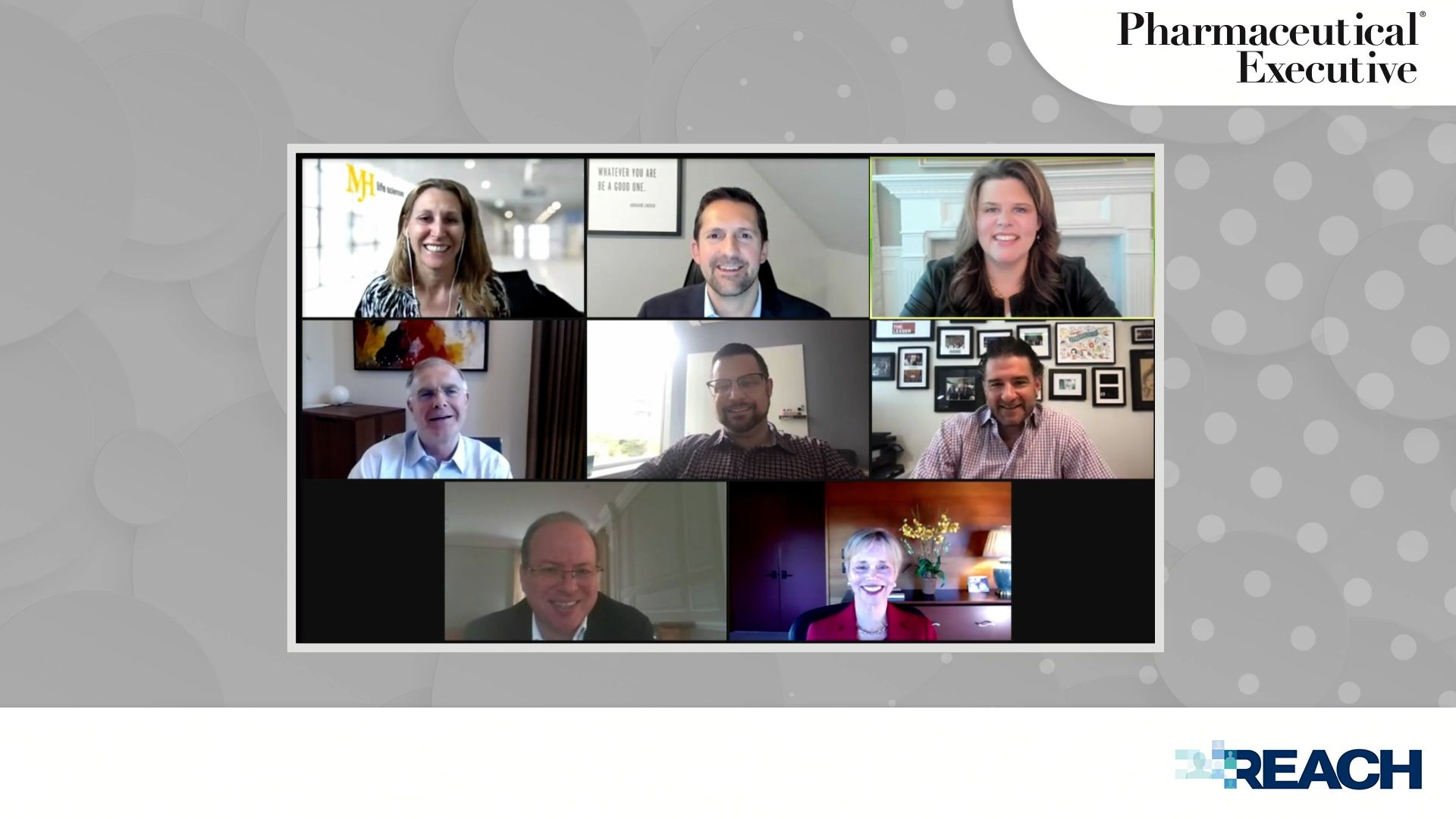
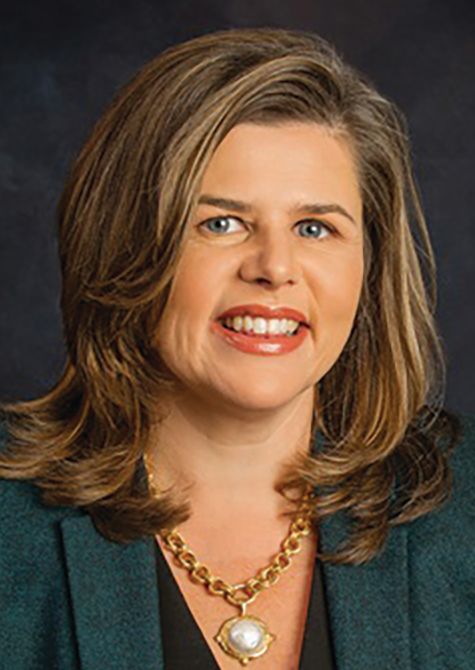
On June 3, 2021, five biopharma executives and one intellectual property attorney joined Pharmaceutical Executive to discuss collaboration within the industry, a topic that has come front and center since the start of the pandemic. Participants shared their insights on what they feel are some of the most important and pressing collaboration issues in pharma today and how the industry can address them. The event was moderated by Lori M. Reilly, chief operating officer of the Pharmaceutical Research and Manufacturers of America (PhRMA).
The group mentioned how collaboration has been unprecedented in the biopharma industry since COVID-19 and the speed with which partners around the globe came together to deliver solutions. In addition, they discussed the effects of innovation and public policy on collaboration. The following are highlights of the conversation. (Answers have been edited for length and clarity):
View the following video excerpts from this roundtable:
Reilly: What have we learned from COVID in terms of collaboration, and what teachings should industry carry beyond the pandemic?
Chad Robins, CEO and cofounder of Adaptive Biotechnologies: COVID highlighted the fact that we are able to move faster, and we are able to cut down some of the bureaucracy. In less than a year we had several vaccines under EUA (emergency use authorization) because we were able to move very quickly. Also, there were public/private relationships—it’s not just industry to industry—and a lot of these deals were done based on term sheets and a couple conversations. The fact is that we can move faster when it’s necessary.
The biopharma industry is capable of doing incredible things, and that’s what this pandemic has highlighted. It highlighted the importance of pharma. It highlighted the importance of immune response. And the collaborations put pharma in a light that it is necessary to invest in R&D. For example, RNA-based vaccines started many years in advance, and it was critical to prefund all this work and then support companies going forward. When biopharma was needed, it was able to step up based on the R&D that had been done way in advance.
Click to enlarge
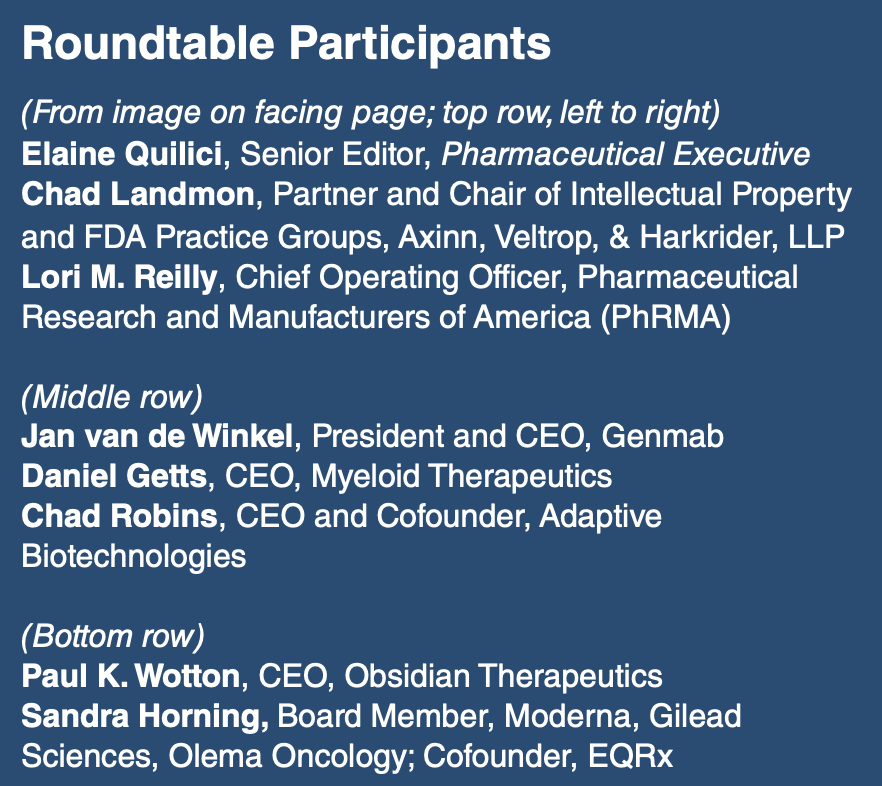
I don’t think that’s appreciated when you talk about drug pricing and everything that’s built into it. Companies work on many different therapies and a lot of them don’t make it to market. I hope that an appreciation for that has risen, at least within the communities that will be able to influence some of the legislation that’s being proposed.
Sandra Horning, MD, board member of Moderna, Gilead Sciences, Olema Oncology, and cofounder of EQRx: I recently was moderating a panel and specifically asked GSK Chief Scientific Officer and President of R&D Hal Barron this question. He said the secret to great collaboration and the great collaboration that was seen in COVID-19 is when you feel like the luckiest company in the world to be collaborating with another company.
That really is the essence of it. You have an urgency and a common foe like no other. You’re really doing together what you can’t do alone. It comes down to a major win-win. Just as Chad said, it demonstrates how quickly some of the bureaucracy and time can drop away under those circumstances. Demonstrating that this was able to be done during COVID has created relationships across the industry—pharma-pharma, pharma-biotech, and also with the government—in ways that we’ve shown that we can trust each other and work together. I’m hoping that that’s going to have a long tail.
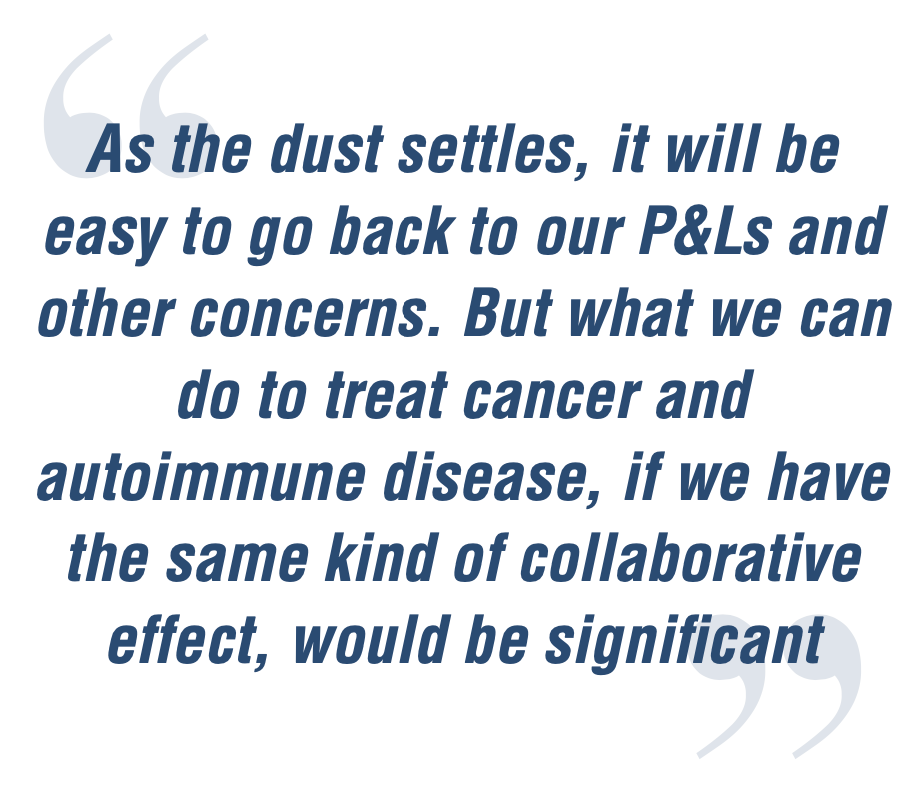
Daniel Getts, CEO of Myeloid Therapeutics: What was interesting for us working with some of the larger companies was that size was not an issue or who you were wasn’t an issue. The crisis really leveled the playing field.
One of the questions we have as an industry is how do we avoid the need for a crisis like this to maintain the momentum? We managed to do something in an unheard amount of time, and it was only made possible by everyone coming together. I hope that we don’t all go back to our camps and what we’re doing, and forget what we’re able to do when we are facing such a crisis. That’s going to be a challenge, because as the dust settles, it will be easy to go back to our P&Ls and other concerns and worry about those things. But what we can do to treat cancer and autoimmune disease, if we have the same kind of collaborative effect, would be significant.
Reilly: How do we take what we’ve learned and make sure it continues?
Paul K. Wotton, CEO of Obsidian Therapeutics: What I saw was not just an unprecedented level of collaboration between companies, but there was an unprecedented level of innovation as well that occurred, outside some of our technical expertise. For example, Obsidian had to develop a social distancing tool to enable us to keep our labs open during COVID. We ended up sharing that tool with over 30 companies, and we didn’t charge for it. It was just expected that we would all help each other. Companies like BMS, one of our partners, implemented that software as part of their own back-to-work initiative. That’s just one internal example, but there are numerous other examples where people were just helping each other out.
Chad Landmon, partner and chair of Intellectual Property and FDA practice groups at Axinn, Veltrop, & Harkrider, LLP: I’m an outside lawyer, so I’m looking at this from a different perspective. The collaboration not only between companies but the collaboration with FDA and the other regulatory authorities around the globe was tremendous. Obviously, COVID is an unprecedented situation that was being addressed by these companies, and FDA stepped in and, frankly, stepped up to move things forward quickly.
But how can they continue doing that once we get back to whatever the new normal is? How can FDA continue the partnerships that they’ve started with industry? The industry is very focused on that. It’ll be interesting to see how the industry can continue to put pressure on FDA and policymakers to make sure that some of the benefits we’ve seen of them moving more quickly, of them interacting better and relying on real-world evidence, become a more permanent function.

Jan van de Winkel, PhD, president and CEO of Genmab: Networking and partnering is super important to develop breakthrough innovation. For example, we saw multicenter interaction between Genmab scientists and private research institutes in the Netherlands developing together robotization to perform large-scale PCR (polymerase chain reaction) screening, which was needed in the beginning of the pandemic. We actually won the Dutch Prix Galien for that contribution. Our contribution to this project was performed at no cost to society; we contributed key automation expertise that we built up over the years to develop these robots that would screen at massive capacity for the virus. This type of multi-party interaction never happened before.
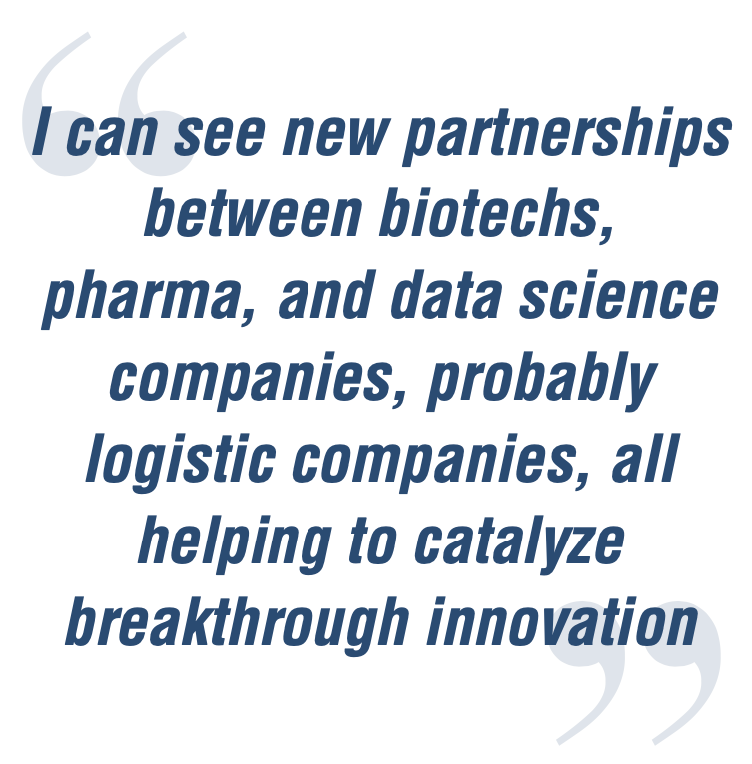
It’s also important to see that partners who are not regularly working together now will work together, and I can see new partnerships between biotechs, pharma, and data science companies, probably logistic companies in the future, all helping to catalyze breakthrough innovation.
We should try to keep that so that we can also speed up innovation and more rapidly develop medicines for indications where we really need this as mankind.
Horning: During COVID, FDA meetings with pharma were daily many times. There’s a good precedent for this in the oncology/hematology area of breakthrough designation. It’s the same kind of mindset of all hands on deck when you have really strong indications very early on in development of something that’s very powerful, that’s bringing benefit to patients. What was somewhat striking to me as an oncologist was to see the different mindset of the virologists and other areas of medicine. We have a toehold here in infectious disease, and a precedent in oncology and hematology, and that’s something to build upon.
Reilly: What kinds of policies could make it more difficult in the future to bring to fruition the types of collaboration that we saw during COVID or the types of innovation that we’ve seen produced as a result of that collaboration?
Getts: Myeloid Therapeutics is an RNA company focused on myeloid cells and RNA. I can tell you before COVID, RNA was perceived as a liability, not as a benefit. If folks at Moderna, BioNTech, and other companies didn’t have the long-term vision to get things to where they are today, we wouldn’t have the shoulders to stand on to build the transformative medicines we are bringing forward today.
Any change in policies that undercut innovation is a mistake. What COVID should teach us is there is a way to get innovative about doing things, and as a group, we can come up with ways to make meaningful therapies. I truly believe that innovation within the industry is something that shouldn’t be underestimated or hampered.
Robins: The pandemic also highlighted global interconnectivity. A great example is viral variants and who can pay for vaccines and therapy. If we don’t provide access to vaccines to developing countries, in India, and South America, variants will come up—and already have—and they will come back to the United States and first-world countries who can afford it. When you factor in pricing, you have to look at that not just from a moral obligation to provide these therapies to developing countries, but from the impact that we have in what is now an interconnected world.
The pandemic also highlighted the importance of the role of diagnostics and the coupling of diagnostics with therapy and earlier detection screening investments that we all need to make. It all goes to the concept of value-based care and equitable access.
Reilly: Since many of you have participated in collaborations either via COVID or outside of COVID, what do you look for in terms of a partnership, and what makes a partnership work?

Wotton: Most of my career has been spent doing strategic transactions or alliances. I have spent the past 20-plus years working on NASDAQ-listed companies and partnering with bigger pharma companies. For a company like Obsidian that has a platform, there’s only so much we can do with that platform. But for areas that are what I call noncore to us, there’s an opportunity to improve therapeutics elsewhere with partners. I think we have an obligation to take these types of technologies we’re developing today and partner them out to people who can make more of them and get something to market even faster.
To do that, you have to have a drive within your own company and then find a partner that shares that drive in order to move something forward. It’s really about creating a shared vision and a shared sense of urgency, because speed really matters in our business. What often gets overlooked in these alliances is the importance of the relationship you build with the other side. Maintaining that relationship through COVID has been quite an art.
We’ve put in two agreements since I’ve started working from home last year. One was with MD Anderson [Cancer Center], and the purpose of that was to get our lead program into the clinic as quickly as possible. The second was with Vertex, on a technology we have to regulate CRISPR/Cas9. They have some very significant programs where they needed our input on those, and we negotiated everything virtually. But what really mattered was that they shared that sense of urgency to get something done. It’s as simple as that. That’s what makes it work. It’s getting that inspiration and commitment to deliver something to the clinic more rapidly.
van de Winkel: It’s sheer commitment and complementary capabilities that matter. At Genmab, we have formed over 20 key partnerships in the 22 years of our existence, and we’ve found continuously new partners who we needed to help us create medicines and bring them to patients.
We have a number of examples during the COVID era. We started a new partnership with AbbVie for three bispecific antibodies, and this is a true 50/50 partnership. We believe that together we can much more rapidly bring medicines to patients in an expansive manner than we could do by ourselves. And we have innovative partnerships, such as with Tempus in Chicago, a data sciences company that can help us develop drugs in a much shorter timeframe than we could do by ourselves, because of our complementary skill sets.
The sheer muscle of a big pharma also can help maximize the potential impact of a medicine. What we did with Darzalex and J&J in a short time has been stunning. Today J&J is operationalizing over 160 clinical trials for Darzalex, involving over 20,000 patients. We could never do that as a small company. It’s going to be an over $5 billion drug this year and probably growing by a billion every year from here on, and helping more and more cancer patients. I believe, currently north of 160,000 patients with multiple myeloma have been helped by Darzalex. At the end of this year, it can be over 200,000 patients. You can make a much bigger impact when you work with the right partner.
All of these partnerships are different; they have different attributes. But the essence of looking for win-win interactions is key. I predict that in the industry you will see partnerships outside of the more conventional area coming pretty soon, like partnerships with medical electronics companies and logistics companies to speed up the process to come up with breakthrough therapeutics. I’m very optimistic of being open and working together with other parties to develop new medicines more quickly and effectively. I think we’ll see a number of very good examples of that fairly soon.
Reilly: Patient organizations saw how quickly the industry came together as it relates to COVID, and they saw how quickly we were able to develop therapeutics and vaccines and manufacture those for a global population because of the unprecedented level of collaboration. There’s a lot of interest and excitement to take that urgency and to fuel it into other therapies.
Are there things that you think may be different going forward, as a result of COVID, that we can apply to other therapeutic areas?
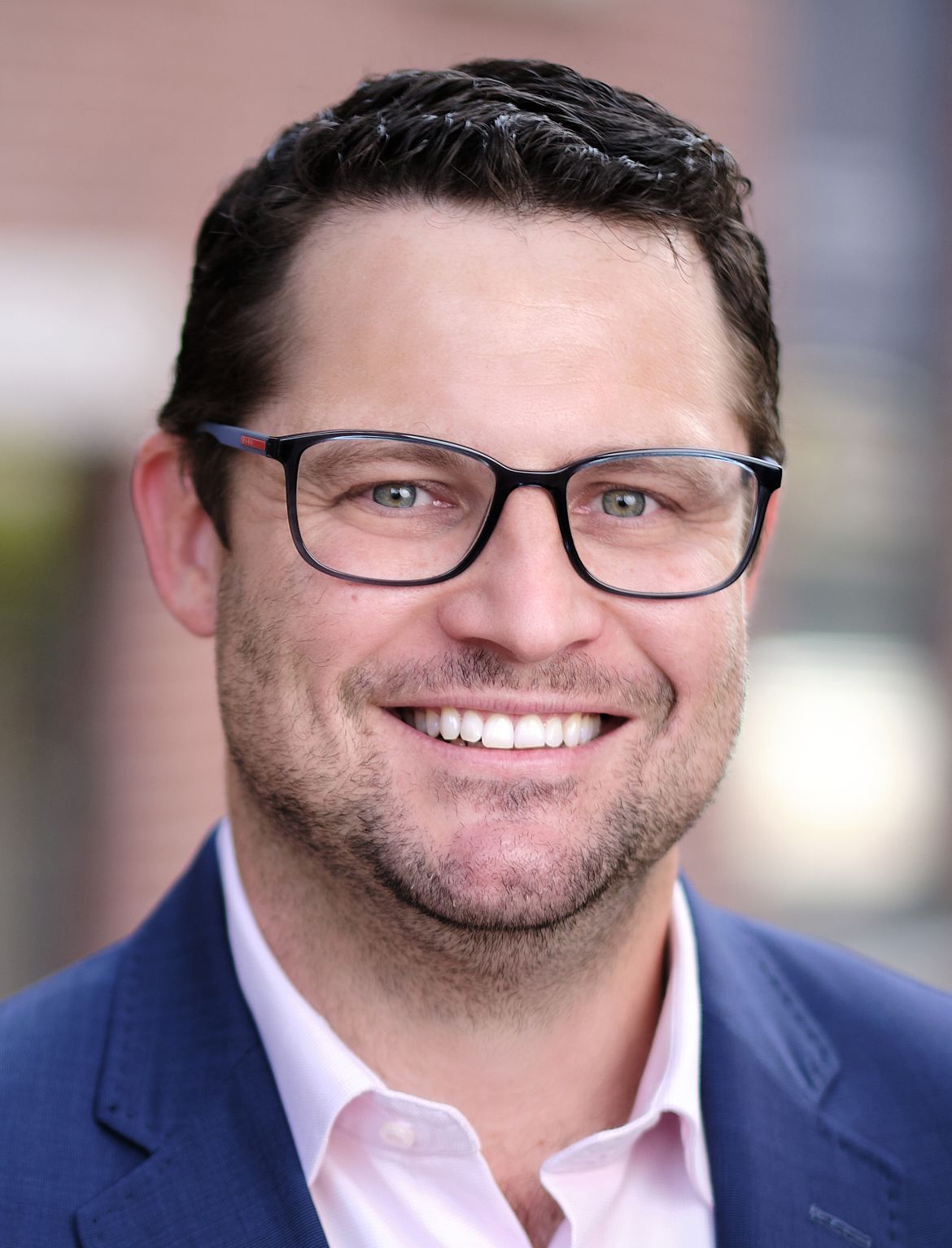
Getts: The short answer is yes, but we need to be realistic. I think there is a resourcing issue at the FDA and this is where the bottleneck happens. Early on, we were working on a COVID program, and it was clear that those programs were getting different treatment than some of our other programs from a very basic manufacturing expectation. It isn’t fair for us to expect the FDA, with the resources they have, to have the same kind of weekly meetings for every single disease that’s out there that we’re developing drugs for. There is a balancing act. I don’t know how as an industry we can help with that. There are only so many people at the FDA, and the people we know who work there say they’re overworked. So, obviously, we want to be able to move things along faster, but we have to be somewhat bound to the expectation.

Horning: You also have to have a therapy that’s effective, something that’s showing outstanding data. It’s both ends of the spectrum: Yes, you want to see rapid response from the regulatory agency, but you have to have something that warrants attention and urgency. It’s critical that we apply our efforts in those specific areas where we see something special that’s going to be meaningful for patients. In my experience, the neuroscience group at FDA has changed quite dramatically and grown in that regard, particularly in the rare disease space.
But I think there might be a real opportunity here for pharma to think about COVID as a case study in collaboration in private and public partnership, specifically with the government. I worry that we don’t have a shared reality. I believe that there are many people in political positions who feel that research and early development is all done by the government and that pharma just manufactures and commercializes.
The potential for an exemplary case study could feature mRNA vaccine, where there were examples of partnership and collaboration over a multi-year span; the US government investment to accelerate development, manufacturing, and distribution of vaccines; the NIH as key partners in the development of vaccines and remdesivir; and several more examples. All the way through, COVID is a case study of the importance of collaboration. If we could take advantage of getting to a shared reality about innovation in healthcare and the importance of the pharmaceutical industry, I think there’s a real opportunity to build upon this experience.
Reilly: As we turn the page, hopefully soon, on COVID, what is one thing that you think industry, government, and policymakers should keep in mind? What was successful with COVID that we shouldn’t risk losing going forward?
van de Winkel: It’s really important to have the regulators think with the companies about the most rapid way to allow new medicines to reach patients. We have in our area breakthrough therapy-type drugs on the market now, so we know that in the oncology division of the FDA they are willing to look at early data, and when these are truly meaningful, they’re going to help accelerate the development. That is needed more broadly, but only for the top candidates that are really making a big difference for patients already early in clinical testing. That proactive and positive way of looking at medicine development is critical for diseases outside of oncology as well. I would hope that regulators would continuously be on top of trying to accelerate and optimize timelines to keep them short.
Getts: The fact that we don’t live in a shared reality is actually a big problem because how are we going to get lawmakers to appreciate anything we want to do or see our perspective? We know the amount of private enterprise that went into Moderna as a Flagship company. I can speak to Myeloid; we have no government-based science here at all, it is completely privately funded. So while some people may think that the government is doing all the hard work upfront, which they certainly do a lot of the time, if we don’t have a shared reality, we’re not going to get where we need to go.
We have a long way to go to get to that, and the idea of using RNA or COVID as a case study is a really good tool for us to bring everyone together and maybe maintain the momentum that has been generated by the collaborations that have emanated from that.

Robins: I want to weave together a couple different themes because they interrelate in the context of a collaboration we had with Microsoft—we were mapping the immune response to different diseases. I was brainstorming with James Sabry, global head of pharma partnering at Roche, and we realized, “Can’t we do this for COVID?” I called the corporate vice president at Microsoft, Peter Lee, and asked if we should make a massive investment in this without any upside for us other than being part of the solution. Microsoft was fantastic and said, “Absolutely, yes. We need to move.” Then we brought in Providence St. Joseph Healthcare, Illumina, and LabCorp, and created this interesting consortia to map the T-cell response to SARS-CoV-2. We made that public in an immune-code database that governments, other biotech and pharma companies, diagnostic companies, anyone who could use that data could use, essentially inviting competition to ourselves but saying we want to be part of the solution.
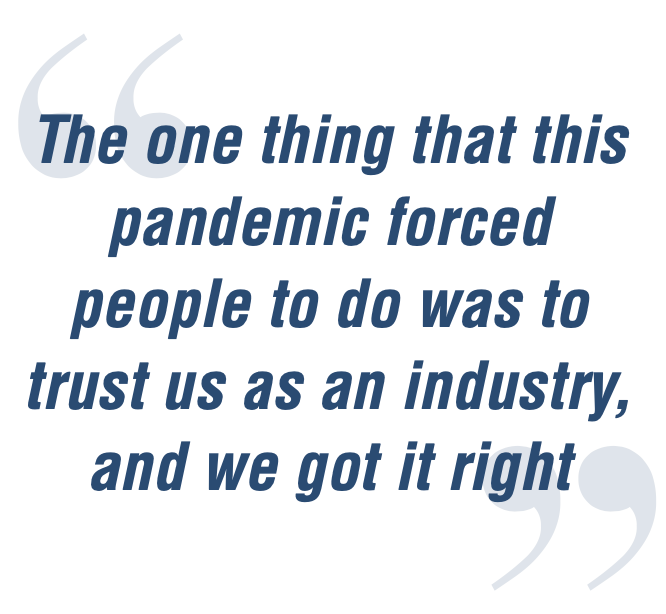
Patients have access to more information than ever and now, because of the pandemic, an accelerated interest in being part of that real-world evidence and data collection that should be used to accelerate therapies and vaccines to market. Then if you look at all the virtual practices accelerated by the pandemic, these are lessons that will continue forward, hopefully. There’s also the importance of how we think about partnerships and the importance of the role of technology to be able to do tracking and real-world evidence and data generation. Combined with the patient and the FDA, I think this whole package is what we need to take forward as the lessons coming out of the pandemic.
Wotton: The one thing that this pandemic forced people to do was to trust us as an industry, and we got it right. If there’s one thing that comes out of partnerships, it’s that you have to trust the other side to get on with the job.

Landmon: In regard to trust, intellectual property often has been a disincentive to collaborate. Companies are rightfully concerned about their trade secrets and protecting their patents. Collaboration is not new in the pharmaceutical industry, and we’ve learned some lessons over the years as to how to protect intellectual property in collaborations.
But COVID happened so rapidly, and the collaborations happened so rapidly,
I think we learned that you can put these collaborations together and figure out how to protect your trade secrets so they’re only going to be used in this collaboration and not going forward, how to protect your patents so that no one is exploiting them outside of the scope of the licenses, and how to decide who’s going to get patents on new inventions that come up during the joint development work. All of that can be covered by careful agreements and companies having trust in each other.
Elaine Quilici is Pharm Exec’s Senior Editor. She can be reached at equilici@mjhlifesciences.com.
View the following video excerpts from this roundtable:
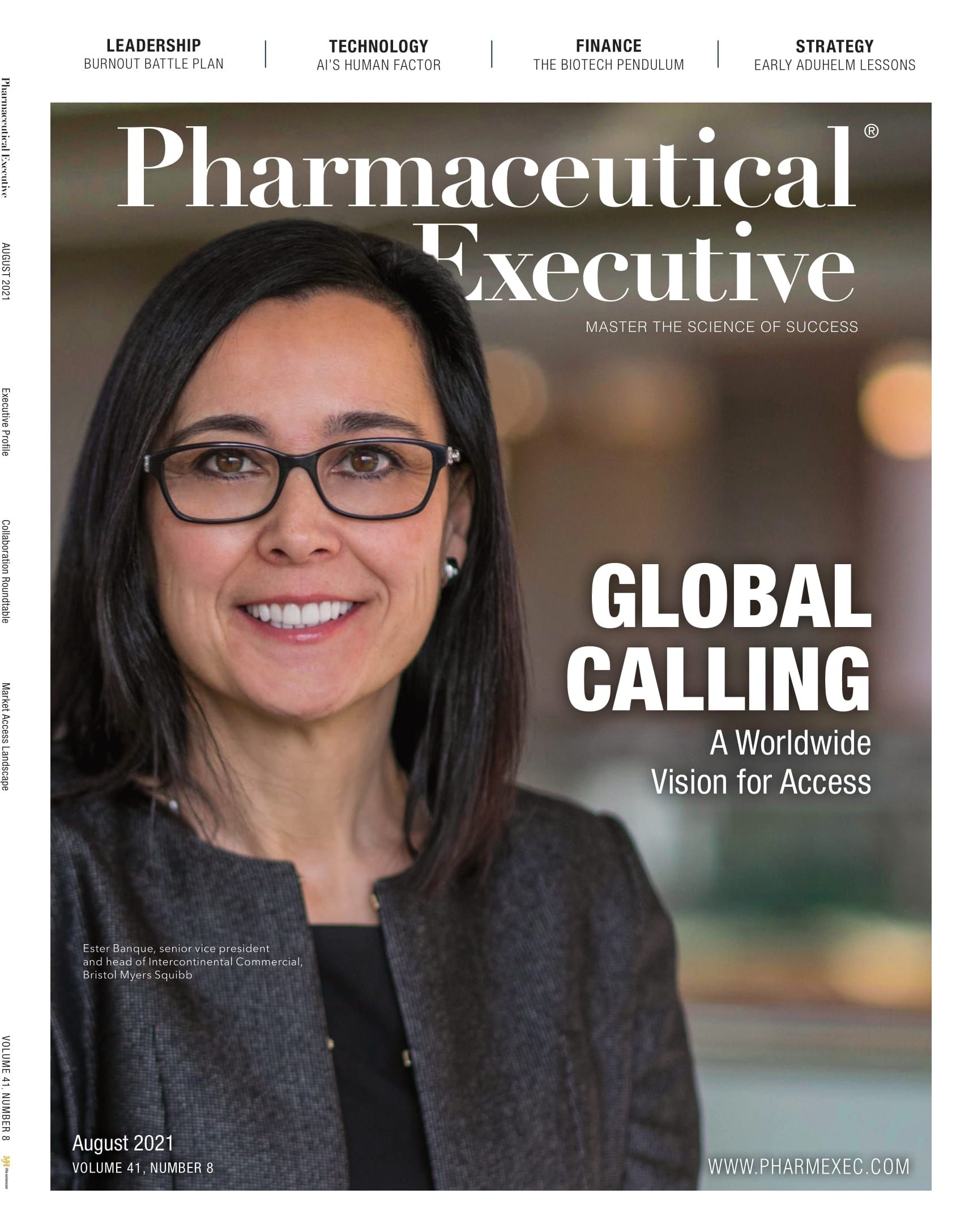
An Evolving ‘Opinion’ Landscape: New Paths—and Synergies—for Pharma KOLs & DOLs
October 13th 2023Industry experts discuss the relationship between digital and traditional (key) opinion leaders and how companies are adjusting their strategies to harness the unique brand engagement benefits each role can provide in driving better patient outcomes.